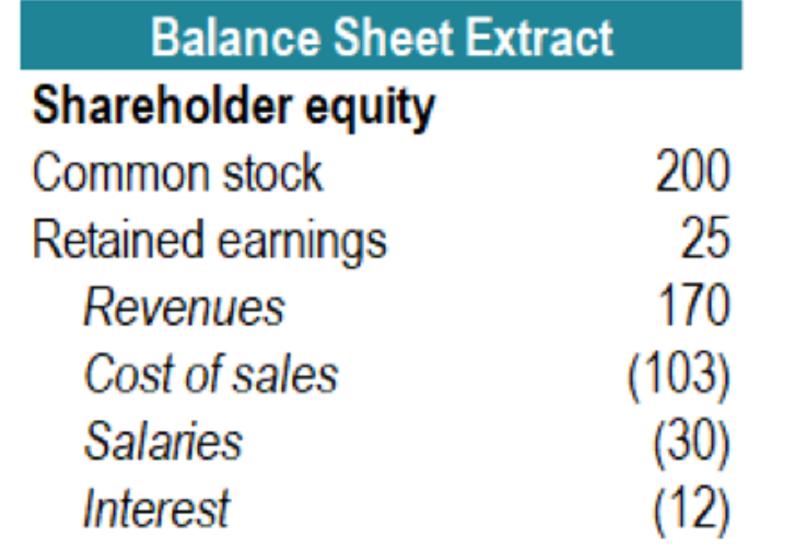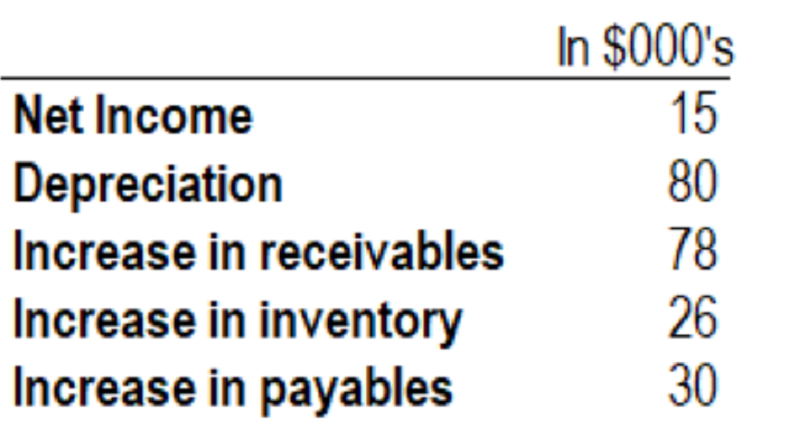Accounting Assessment Test
{"name":"Accounting Assessment Test", "url":"https://www.quiz-maker.com/QPREVIEW","txt":"Test your accounting knowledge with our comprehensive Accounting Assessment Test. This quiz consists of 20 multiple-choice questions covering various topics in accounting, including financial statements, cash flows, and depreciation methods.Whether you're a student, teacher, or finance professional, this quiz is designed to challenge your understanding of key accounting principles.","img":"https:/images/course1.png"}
More Quizzes
1st ACCOUNTING CHAMPIONSHIP
15818
Financial Accounting Ratios
1050
World Boston What in the World? Weekly Quiz – Oct 31-Nov 6, 2022
1050
Quiz
38190
New England Patriots Trivia - Free Online
201020372
How Healthy Am I - Get Your Wellness Score Free
201017779
Vampire Diaries Trivia: Think You Know TVD Inside Out?
201017183
Hard English Questions - Test Your Grammar
201018593
Explorers History - Free Online Trivia Challenge
201017920
Anatomy and Physiology Lab Exam 1 - Free Practice
201018833
Am I Dramatic - Free, Instant Results
201017642
OSHA Personal Protective Equipment - Free Practice
201017120


